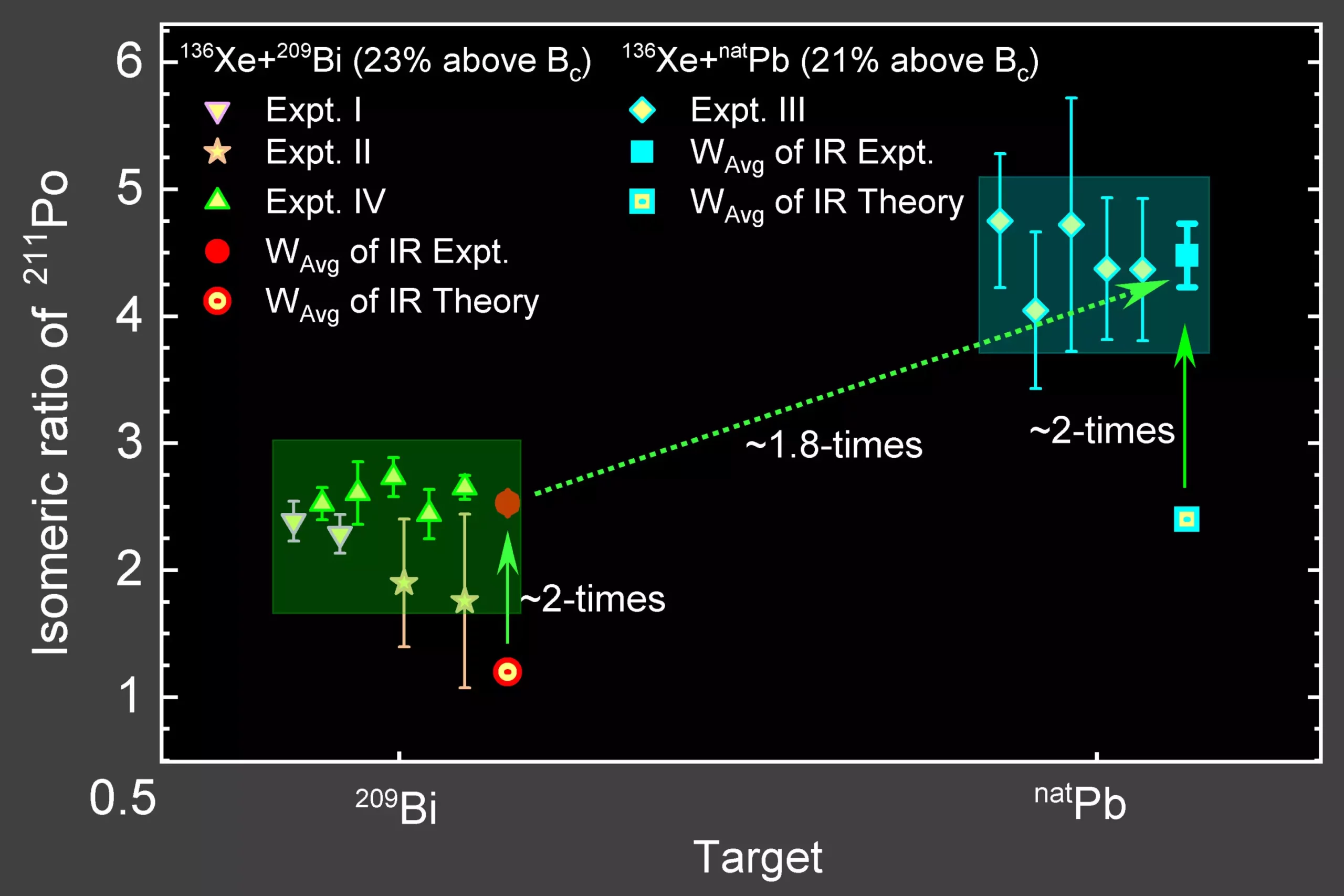The exploration of neutron-rich heavy nuclei stands at the cutting edge of nuclear physics and astrophysics, promising to redefine our comprehension of how matter exists and evolves beneath the atomic scale. Traditionally, the properties of such exotic nuclei have remained elusive due to their unstable nature and the difficulty inherent in producing them. However, recent advancements suggest that these nuclei are not just scientific curiosities—they are key to unlocking profound truths about the universe, particularly in understanding the origins of heavy elements.
Understanding the structure of these nuclei involves deciphering their shell configurations, a task akin to solving a complex cosmic jigsaw puzzle. Shell structures, which govern the stability and reaction pathways of nuclei, are thought to undergo quenching or modification under extreme neutron-enrichment. These changes could have sweeping implications, impacting theories about astrophysical phenomena like supernovae explosions and neutron star mergers, where rapid neutron capture processes (r-process) forge the universe’s heaviest elements. In many ways, pushing the boundaries of nuclear knowledge is essential not just for fundamental science but also for understanding our cosmic heritage.
Challenges in Producing and Studying Exotic Nuclei
The production of heavy neutron-rich isotopes far from the valley of stability remains one of the most formidable challenges in experimental nuclear physics. Conventional approaches—fusion-evaporation, fusion-fission, and fragmentation reactions—have their limitations. These methods often fall short in efficiently producing the rare, neutron-rich nuclei at the farthest reaches of the Segré chart. The fragile nature of these nuclei, combined with their fleeting existence, complicates attempts to observe them directly.
This predicament has spurred innovation, leading researchers to consider alternative reaction mechanisms. Among these, multinucleon transfer (MNT) reactions have emerged as particularly promising. Unlike traditional methods, MNT reactions enable the exchange of multiple protons and neutrons between colliding nuclei at energies near the Coulomb barrier, allowing access to previously unreachable isotopes. This process offers a way to populate specific high-spin and low-excitation states that are critical for probing the shape, size, and shell effects of exotic nuclei.
MNT reactions capitalize on the subtle interplay of nuclear forces and angular momentum transfer, creating a fertile ground for experimental investigation. Using intense radioactive ion beams (RIBs), scientists can target neutron-rich nuclei, systematically increasing the likelihood of producing exotic nuclei with desirable properties. Notably, these reactions also permit the formation of isomeric states—long-lived excited states—that serve as invaluable markers for understanding nuclear structure complexities.
Insights Through Isomeric Ratios and Advanced Detection Methods
The real breakthrough in this domain lies in studying the production and population of nuclear isomers—metastable states that can linger long enough to be detected and analyzed. The ratio of these isomeric states to their ground states, known as isomeric ratios (IRs), provides a nuanced window into the nuclear reaction mechanisms and the angular momentum involved.
One groundbreaking study, carried out at Jyväsylkä’s IGISOL facility, exemplifies this approach. By bombarding lead and bismuth targets with intense xenon beams, researchers observed the formation of polonium-211 nuclei, focusing on their isomeric states. The use of sophisticated Gas-filled stopping cells allowed detailed separation and identification of the reaction products, which were then characterized through alpha-decay spectroscopy.
Remarkably, the experiments revealed a surprisingly high yield of polonium-211 isomers, especially in reactions involving two-proton transfer pathways over one-proton transfers. This finding implies that the high-spin isomeric states are considerably influenced by the reaction channels, with transfer mechanisms dictating the angular momentum distribution within the nucleus. These insights are critical because they challenge existing models and underscore the importance of reaction dynamics in the formation of exotic nuclear states.
Theoretical calculations employing Langevin-type models provide qualitative agreement but highlight gaps that still need to be addressed. This symbiosis between theory and experiment is pivotal; as models improve, so too will our ability to predict and produce the most neutron-rich, exotic nuclei.
Implications and Future Directions
The pursuit of exotic neutron-rich nuclei is not merely an academic exercise—it has profound implications for our cosmic narrative. These nuclei serve as laboratories for testing nuclear models under extreme conditions and playing a pivotal role in astrophysical simulations. Unraveling their properties could illuminate the processes that assemble the universe’s heaviest elements, offering clues to unanswered questions about the origins of matter itself.
Looking ahead, scientists are planning to push even further toward the neutron shell closure at N=126, a region critical for understanding nuclear stability and the r-process pathways. Achieving precision mass measurements in this territory will refine models of nucleosynthesis, helping to solve longstanding mysteries about the abundance and distribution of heavy elements across the cosmos.
The journey into this terra incognita is arduous but essential. It demands relentless innovation in experimental techniques, international collaboration, and the continuous refinement of theoretical frameworks. Only by embracing these challenges can the scientific community hope to unlock the full potential of neutron-rich nuclei and, in doing so, expand our understanding of the universe’s intricate tapestry.
—
Note: This exploration underscores the importance of challenging existing paradigms and pushing the boundaries of current technology. The discovery of how nuclear reaction channels influence isomer production not only advances nuclear physics but also enriches our comprehension of how the universe constructs its most complex elements. This work exemplifies the power of scientific perseverance and curiosity in uncovering nature’s deepest secrets.

